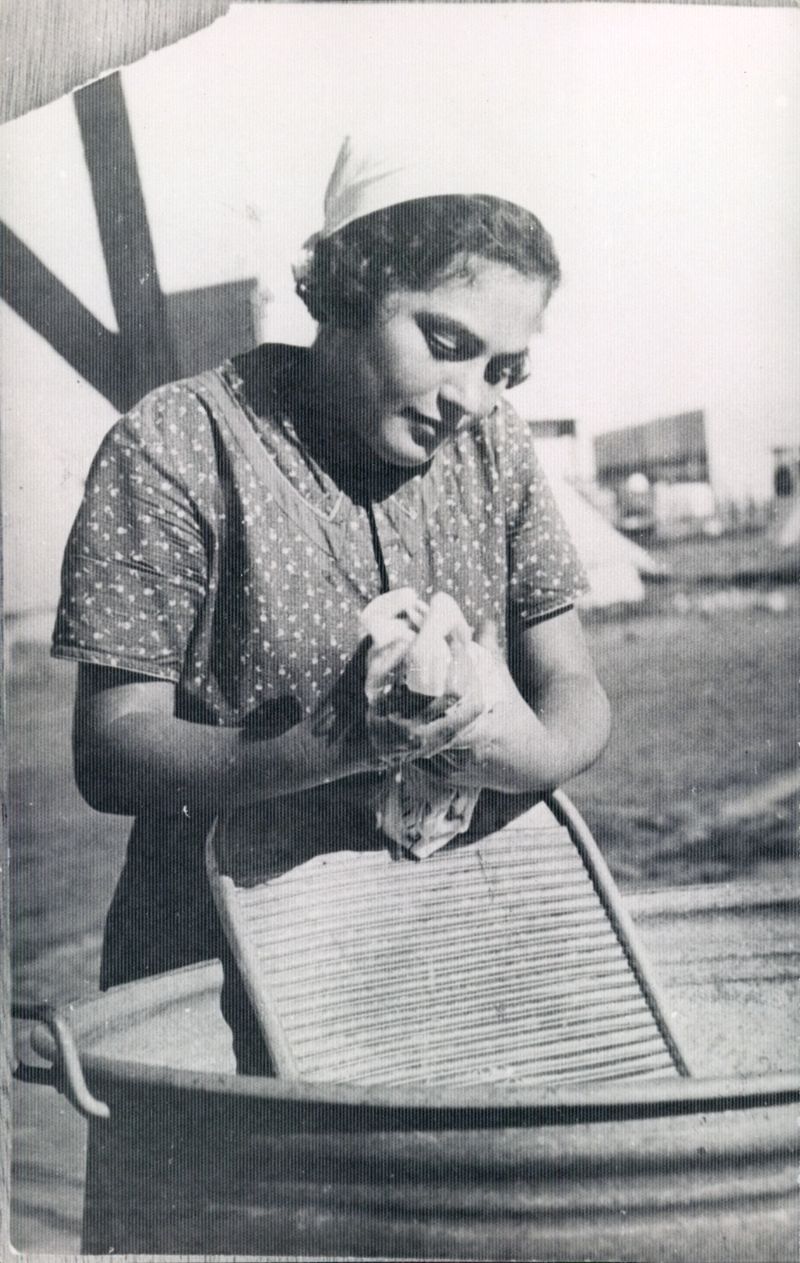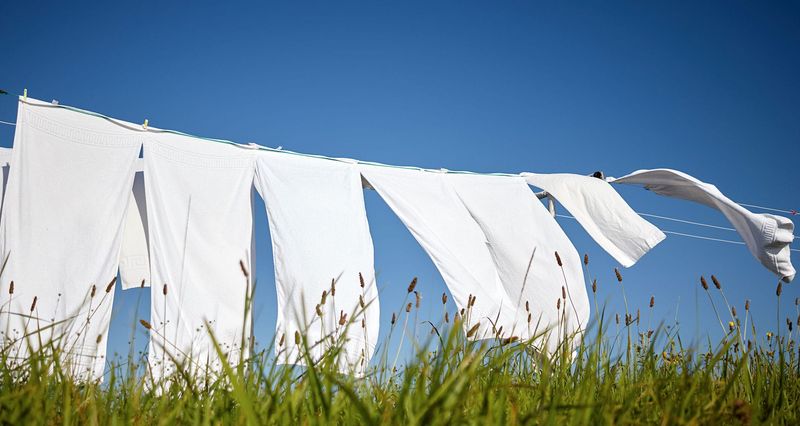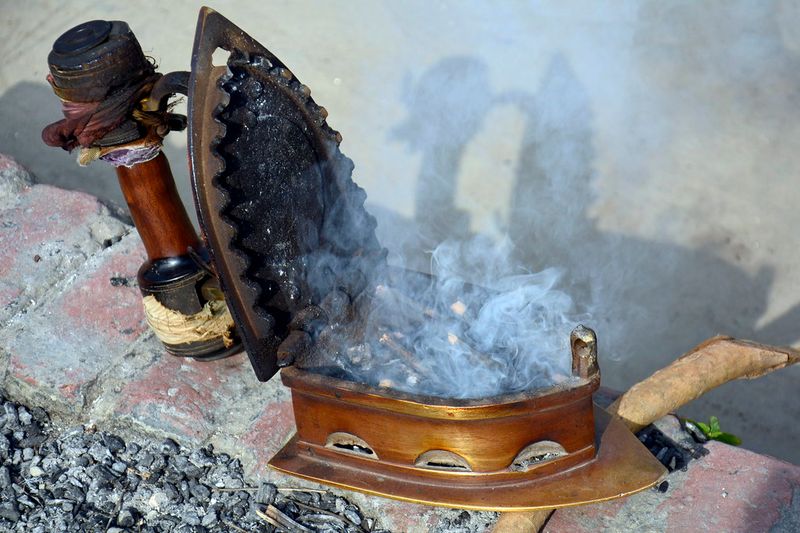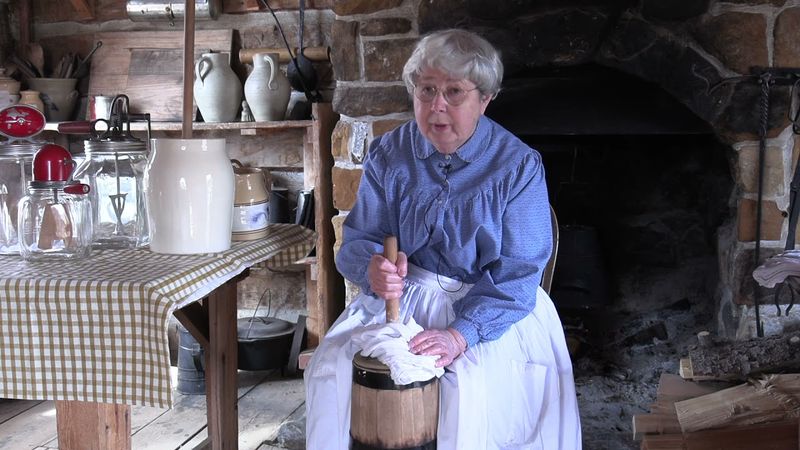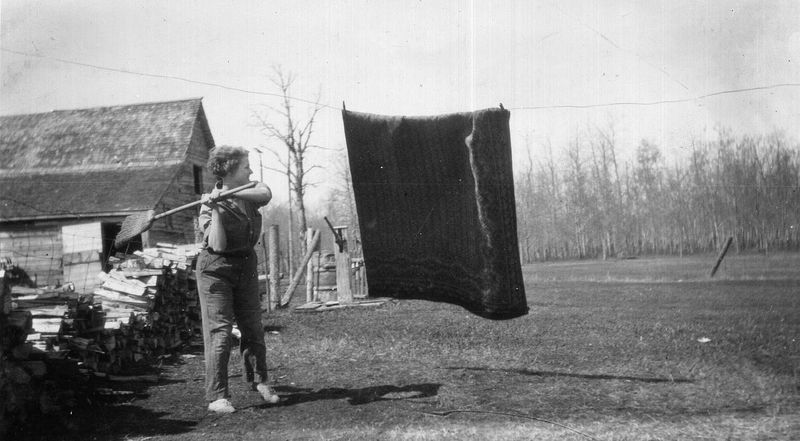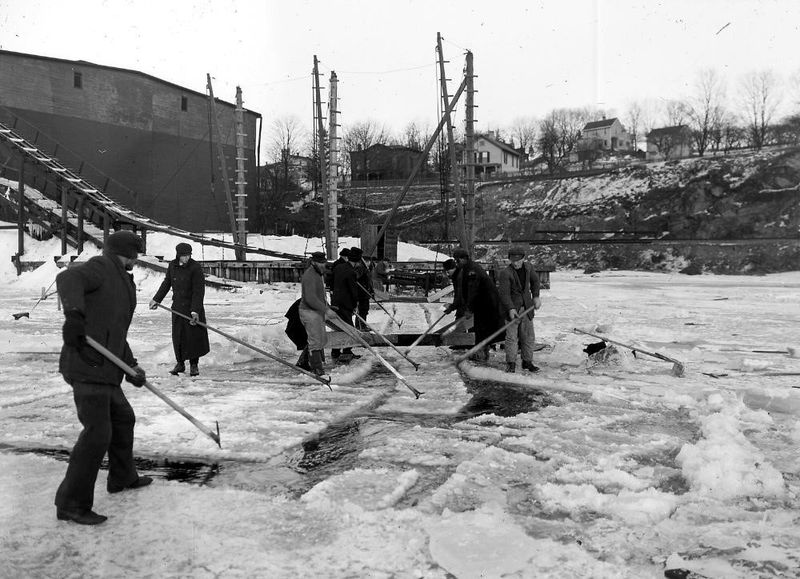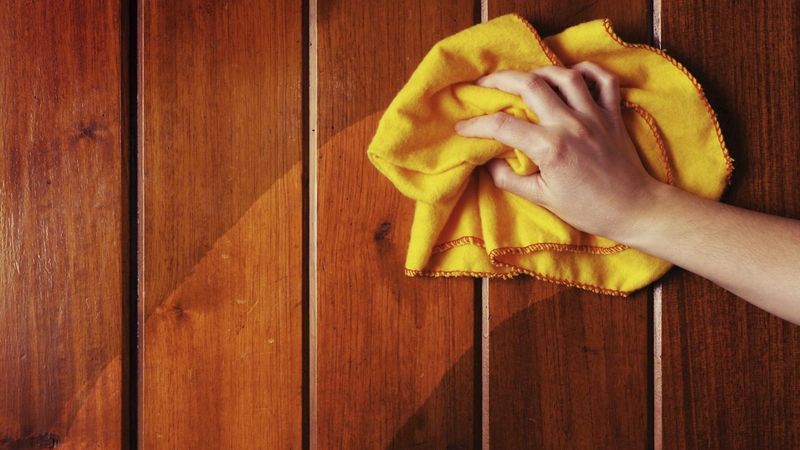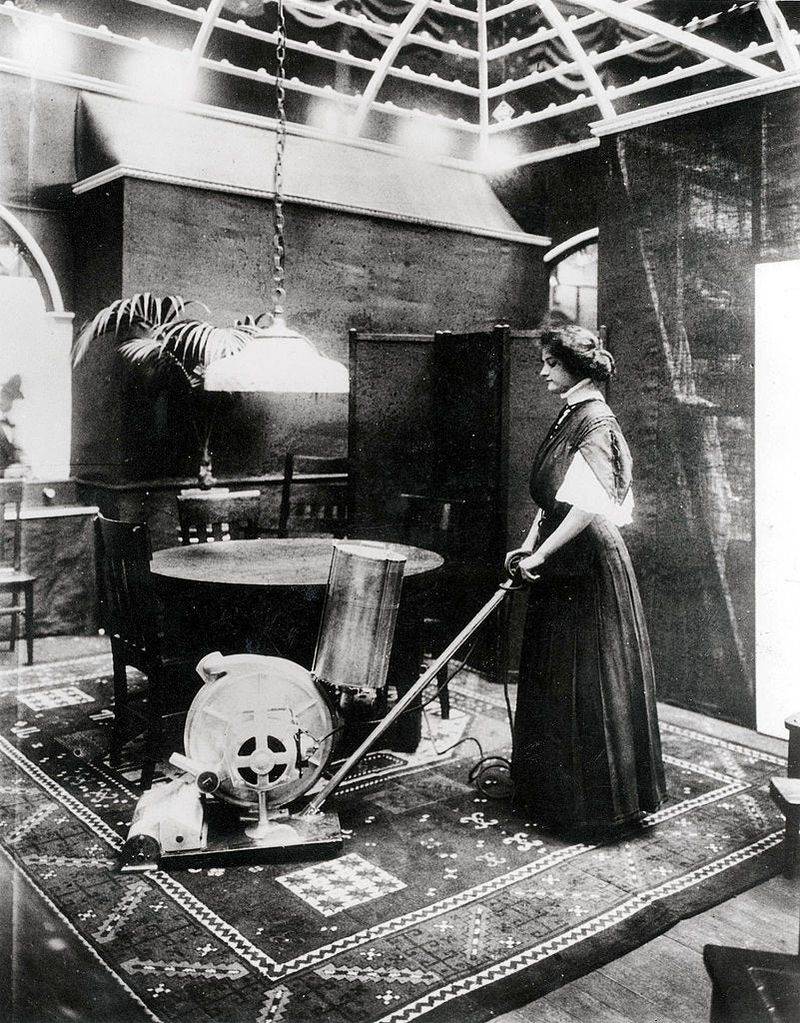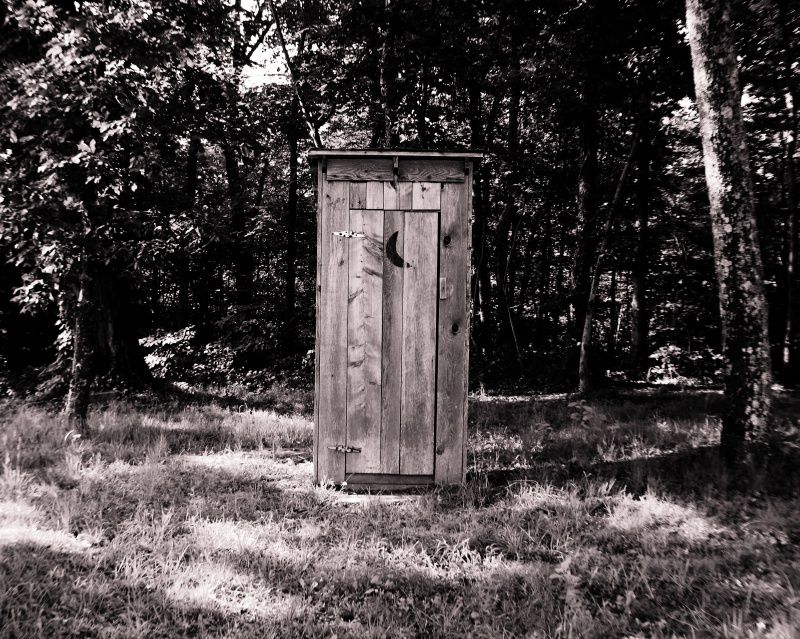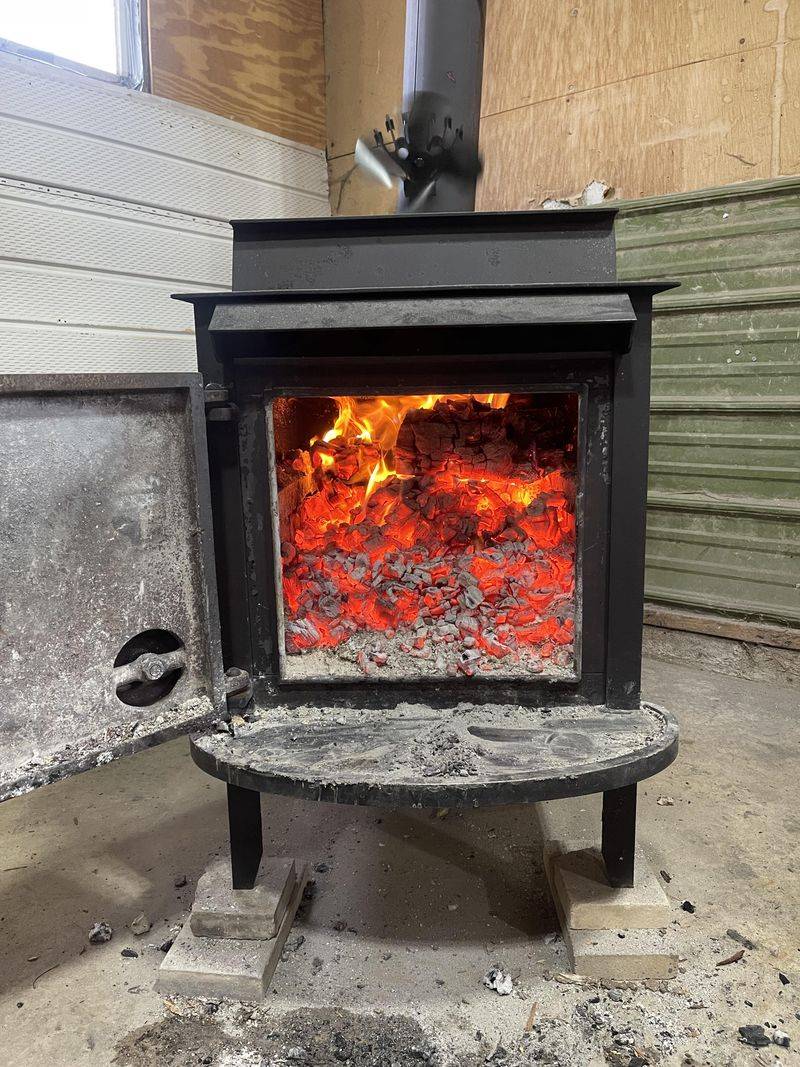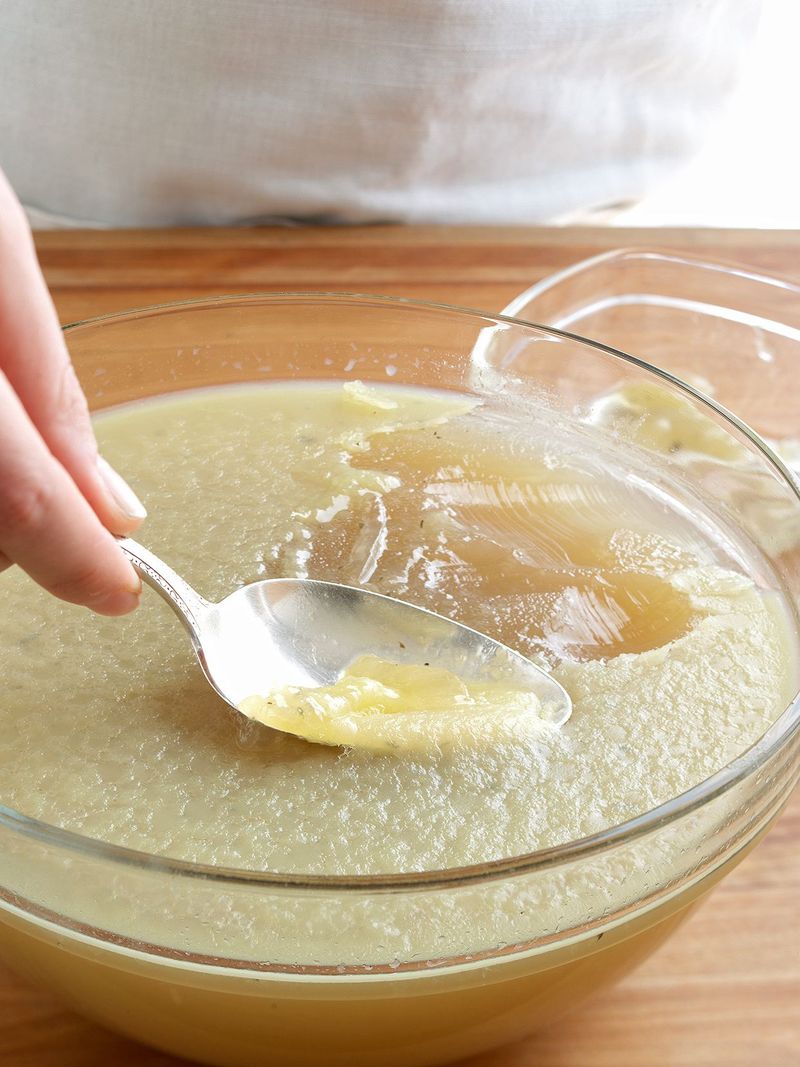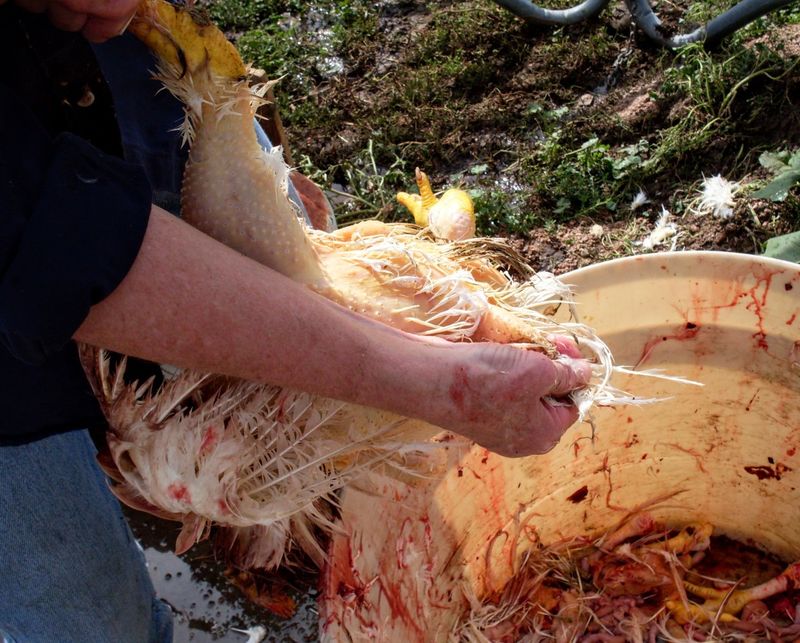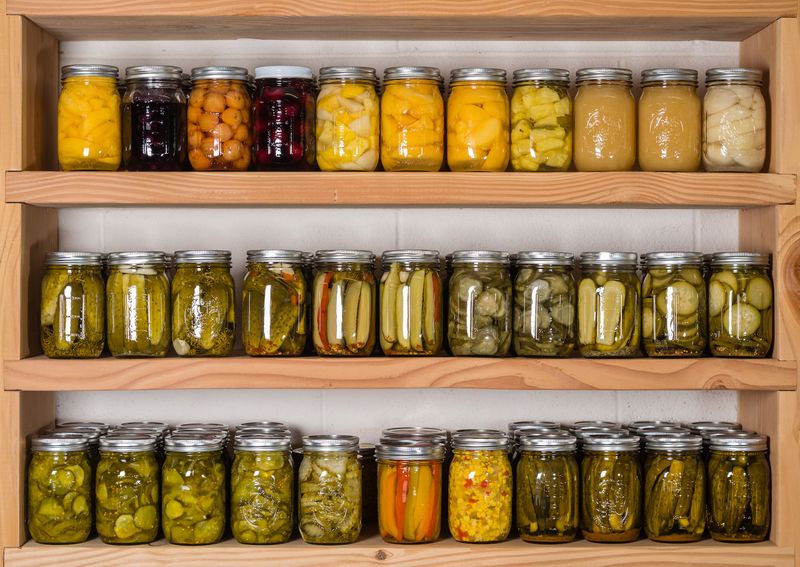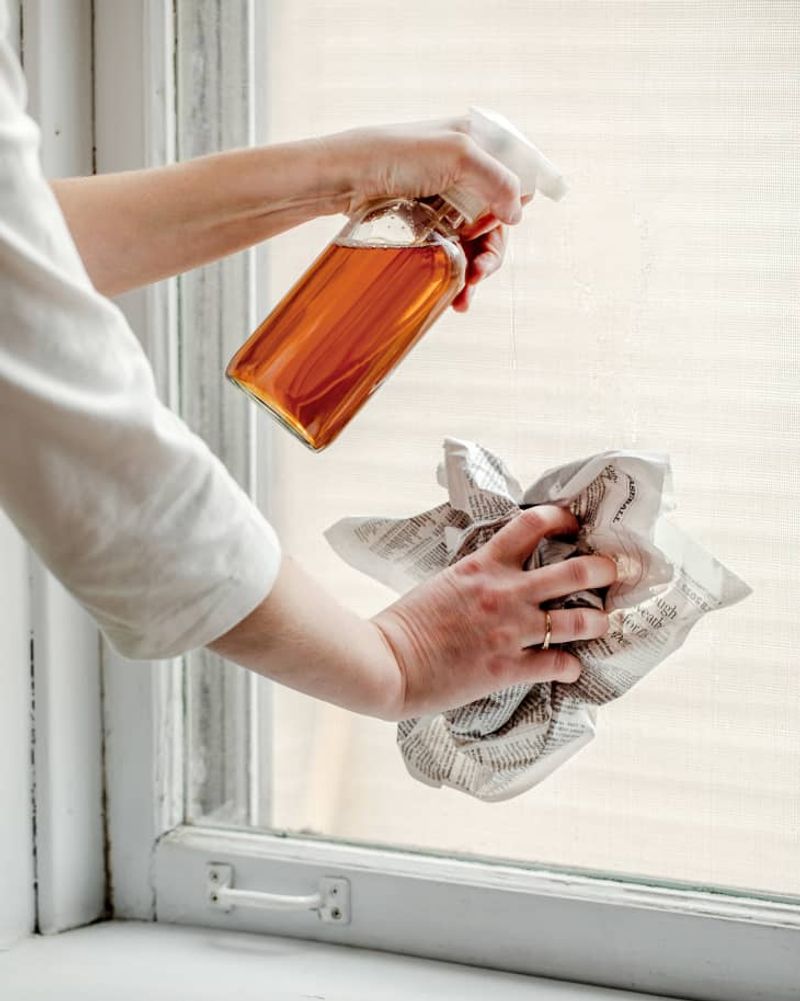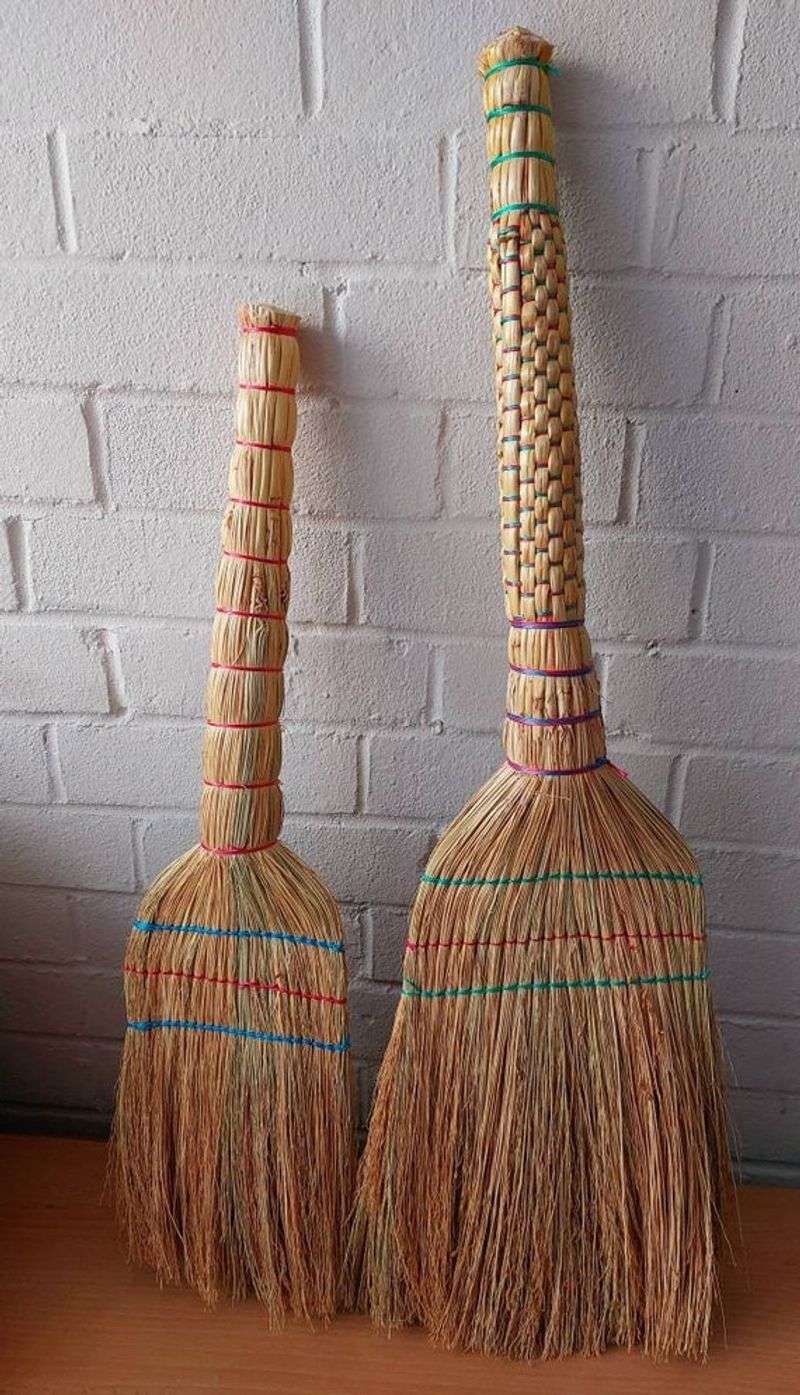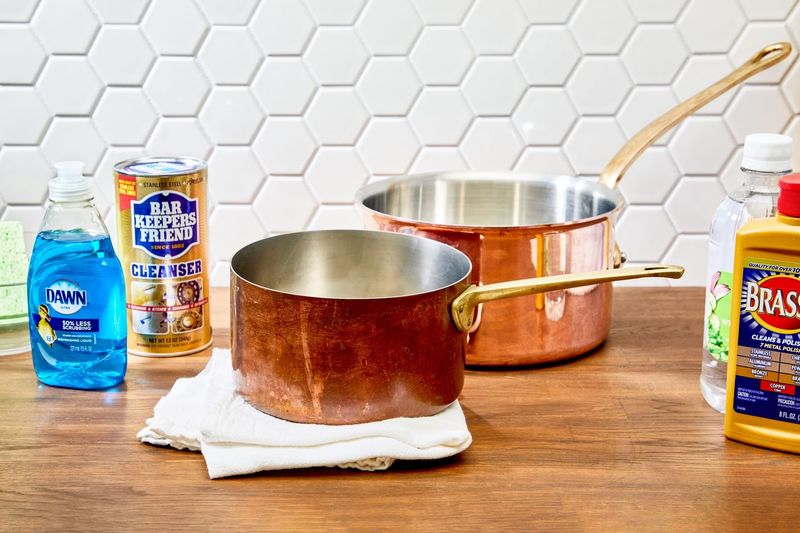Old house chores that once defined daily life are vanishing as technology and lifestyle changes redefine how we manage our homes. Tasks such as hauling water from a well or churning butter by hand are no longer common, replaced by modern conveniences. This blog explores 20 such chores, reflecting on their history, significance, and the advancements that have rendered them obsolete. While some chores are entirely gone, others linger as nostalgic relics of the past, offering a glimpse into a world where manual effort and ingenuity shaped the rhythm of household life.
1. Hauling Water from the Well
Long before indoor plumbing, this was a reality for many. The gentle creak of the pulley was a familiar sound, signaling the daily necessity.
The water was often icy cold, drawn from deep in the ground, and carrying it back required strength and balance.
This chore was more than just a household duty; it was a moment of reflection and connection with nature. Now, taps have replaced this ritual, and wells are more decorative than functional.
2. Hand-Washing Clothes on a Washboard
Few chores were as time-consuming and labor-intensive as hand-washing clothes on a washboard. The rhythmic sound of fabric against metal was once a common household symphony.
This task required physical endurance and a keen eye for stains. Soap bars were used generously, the foam building up with each scrub.
Even as washing machines have taken over, the nostalgia of washboards remains, a reminder of simpler, albeit harder, times. The washboard was more than a tool; it was an emblem of domestic diligence.
3. Line-Drying Laundry
Before electric dryers, line-drying laundry was both art and necessity. Rows of clothes fluttered in the breeze, absorbing the sun’s warmth and fresh air.
This chore was a communal activity in many neighborhoods, where the sight of sheets billowing was a sign of domestic accomplishment.
The scent of sun-dried fabric is unmatched, and while dryers offer convenience, line-drying holds a charm that recalls a slower pace of life. Such scenes evoke nostalgia for simpler, sustainable practices.
4. Heating and Using Charcoal or Coal Irons
Ironing clothes wasn’t always a quick, plug-in-and-go task. Charcoal or coal irons, heavy and cumbersome, required heating before use.
The process involved patience and precision, as too much heat could damage delicate fabrics. It was an exercise in focus and technique.
Though electric irons have replaced these relics, the coal iron stands as a testament to the skill and care once required to present oneself with crisp clothes. This tradition was as much about the process as the result.
5. Scouring Floors on Hands and Knees
Scouring floors was once a test of endurance, requiring hands-and-knees labor to achieve a spotless shine. The smell of soap and the sound of scrubbing filled the air.
This chore demanded not just effort but a keen eye for cleanliness, as every inch of the floor was inspected.
Modern mops and vacuums have made this task obsolete, yet the memory of such labor-intensive cleaning speaks to the pride taken in a well-kept home. It was an act of care and commitment.
6. Churning Butter by Hand
Churning butter by hand was a labor of love, transforming cream into a staple of daily meals. The rhythmic motion of the dasher in a crock or barrel was almost meditative.
This process required not just time but a feel for when the butter was just right. It connected people with their food in a tangible way.
Though modern conveniences have made this task unnecessary, the memory of hand-churned butter lingers, rich in flavor and tradition. It was more than a chore; it was a craft.
7. Beating Dust Out of Rugs with a Rug Beater
Beating dust out of rugs was a vigorous chore, requiring both muscle and technique. The sight of dust clouds billowing from a well-thumped rug was a common sight.
This task was both rewarding and satisfying, as it visibly transformed the carpet while offering a physical outlet.
Today, vacuum cleaners have replaced the rug beater, yet this old method remains a symbol of hands-on home maintenance. It was as much a workout as a cleaning routine.
8. Cutting Ice from a Pond for the Icebox
Before refrigerators, cutting ice from a pond was essential to preserve food. This winter task required precision and strength, wielding saws to slice through thick ice.
The blocks were then transported to an icebox, where they maintained a cool environment for perishable goods.
Though this practice has faded, it’s a fascinating glimpse into the ingenuity of the past. Ice cutting was more than a necessity; it was a seasonal ritual that combined community effort with survival.
9. Polishing Floors with Wax and a Hand-Buffing Pad
Polishing floors by hand was a meticulous task, transforming dull wood into gleaming surfaces. Hot wax was carefully applied, followed by hours of hand-buffing.
This process was as much about aesthetics as it was about preservation, protecting the wood while enhancing its natural beauty.
Today, machines have taken over, but the art of hand-polishing remains a testament to dedication and old-world charm. It was a dance of detail and devotion.
10. Pumping a Hand-Crank Vacuum Cleaner
The hand-crank vacuum cleaner was an invention of its time, requiring manual effort to create suction. Turning the crank was a workout in itself, demanding coordination and stamina.
Despite its challenges, this early vacuum was a marvel of innovation, offering a cleaner home without electricity.
Though electric vacuums have evolved, these early models are cherished as quirky relics of domestic history. They remind us of a time when cleaning was as much about ingenuity as efficiency.
11. Cleaning the Outhouse or Chamber Pot
Before modern plumbing, outhouses and chamber pots were standard, requiring regular cleaning to maintain hygiene. This task was often dreaded, yet essential.
It involved emptying waste, disinfecting the area, and ensuring a fresh environment for daily use.
While indoor toilets have replaced these primitive options, the chore stands as a reminder of how far sanitation has come. It was a dirty job, yet one that underscored the importance of cleanliness and health.
12. Fetching Coal or Firewood for the Stove
Fetching coal or firewood was a daily necessity to keep the home warm and meals cooked. This chore required strength and perseverance, especially during harsh winter months.
Stacking the woodpile was both a skill and a strategy, ensuring the right mix of wood for varied uses.
Today, central heating has replaced these efforts, yet the memory of a crackling fire remains a comforting symbol of home. It was a chore that brought warmth in more ways than one.
13. Skimming Fat from Homemade Soup or Lard
Skimming fat from homemade soup was a delicate task, requiring a careful hand to remove excess grease without disturbing the broth.
This step was crucial for both flavor and health, ensuring a clear, rich result. It required patience and a keen eye for just the right moment.
Though modern gadgets simplify this process, the act of skimming remains a mark of culinary skill. It was about refining taste and texture with a personal touch.
14. Plucking Feathers and Preparing Poultry by Hand
Plucking feathers and preparing poultry was a gritty task, transforming farmyard fowl into dinner. It involved scalding, plucking, and gutting, each step requiring skill and patience.
This chore connected people directly with their food, a practice that has largely disappeared with supermarket conveniences.
While not for the faint-hearted, this task was a rite of passage in many rural communities. It was a testament to self-sufficiency and resourcefulness.
15. Making and Canning Preserves & Pickles
Making preserves and pickles was a seasonal craft, transforming fresh produce into long-lasting pantry staples. This process involved sterilizing jars, boiling lids, and processing fruits or vegetables in water baths.
The kitchen would fill with the aroma of spices and sweet syrups, a sensory celebration of the harvest.
Though less common today, this tradition is cherished by those who value homemade over store-bought. It was about capturing the essence of a season in every jar.
16. Washing Windows with a Squeegee and Newspaper
Window washing with a squeegee and newspaper was once the gold standard for achieving a streak-free shine. The combination of soapy water and newsprint was surprisingly effective.
This chore required not just technique but also a sunny day for the best results. It was a ritual that brought clarity both outside and in.
Today, commercial products have taken over, yet the simplicity of this method is remembered fondly. It was about achieving transparency with the simplest tools.
17. Winding Clocks and Music Boxes Weekly
Winding clocks and music boxes was a weekly ritual, necessary to keep these time-honored devices running smoothly. It was a moment of quiet reflection, a pause in the week’s bustle.
The act itself required precision and care, ensuring the right tension and timing.
Though digital devices have replaced these intricate mechanisms, the charm of winding remains a connection to the past. It was a gentle reminder of time’s passage and the beauty of craftsmanship.
18. Sweeping with a Corn-Shuck or Straw Broom
Sweeping with a corn-shuck or straw broom was more than a chore; it was a dance of rhythm and grace. Each sweep gathered dust and debris, leaving a clean path.
These brooms, crafted from natural materials, were both effective and sustainable. The soft rustle of straw on wood was a comforting sound.
While modern brooms are more efficient, the simplicity of straw brooms speaks to an era when cleaning was about connecting with one’s surroundings. It was a graceful exercise in mindfulness.
19. Scouring Copper and Brass Pots by Hand
Scouring copper and brass pots was a laborious task, restoring shine to well-used kitchenware. It involved applying an acidic paste and plenty of elbow grease.
The results were rewarding, revealing the metal’s true luster beneath tarnish and stains. It was an exercise in patience and perseverance.
Today, chemical cleaners simplify the job, yet the tradition of hand-polishing remains a testament to the value of hard work. It was about bringing brilliance back to the heart of the home.
20. Mending Clothing with Sewing Needles and Patches
Mending clothing was a practice in resourcefulness, extending the life of garments through sewing needles and patches. It was a creative endeavor, transforming worn items into usable ones.
This task required not just skill but an eye for design, as patches became part of the fabric’s story.
While fast fashion has diminished the need for mending, those who sew know the satisfaction of saving a favorite piece. It was about sustainability and a personal touch.


